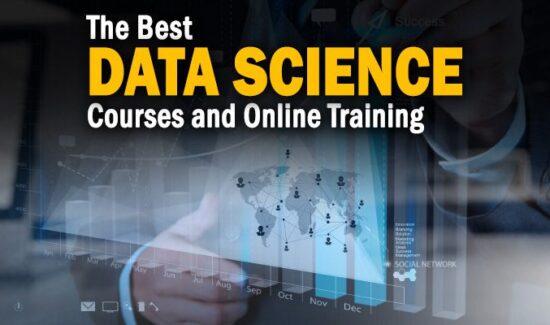Top 5 Business Intelligence Software Features


Modern Business Intelligence platforms offer lots of interesting features inside, all of which are aimed at providing users with the tools they need to produce actionable insights. Data has become vital to the business model in many ways, and as a result, organizations are digging deeper into their data than ever before. Vendors have taken this to heart, developing a slew of fancy-named capabilities and feature enhancements to try and sell their software. While some functions, like data discovery, have taken hold, others remain nothing more than novelties. Remember, an analytics tool is simply a means to an end, and that end is the production of noteworthy findings that give you an edge over the competition.
Business Intelligence feature offerings remain rather fractured. Legacy providers continue to offer dashboard and reporting capabilities that were traditional to analytics some time ago, while others have entered the data discovery and self-service camp, a market that Gartner expects to swallow up much of the analytics space in the years ahead. There is still plenty of room for both the ‘old’ and the ‘new.’ Of course, deciding which solution to select depends largely on what kind of data environment you are currently living in, but we’ve taken the liberty to outline the top must-have BI features no matter who you are; capabilities you’ll want to make sure you get under the hood of your next analytics tool:
Dashboards
A dashboard can be thought of as a progress report, and is typically made up of one-page where data can be seen as more than just numbers and figures. Dashboards and visualizations can be lumped together because this is the stage in the analytics process when the data has been collected and can be more roughly put into charts, graphs, and visuals that help users see which data they’ve collected. These days, Business Intelligence tools include dashboards and visuals that update in real-time, allowing for business users to gain a bird’s eye view into the current state of their operations. Historical trends can also be manipulated in dashboards, and any good data analyst will then run a comparison to see exactly what’s happening.
Reporting
Reports provide coverage on what all of the data that has been collected says about a company’s operations. Thus, reporting is the stage in the Business Intelligence process where organizations can formulate action plans based off of the things that the data tells them. Reporting is where the fruits of your solution’s labor finally begin to reveal themselves. Does your business need to do a better job of engaging people on social media? Can resources be partitioned from an area where there is a surplus into one that needs more attention? These answers are all generated via the reports that your analytics software produces.
Self-Service
As we outlined above, there are really two major types of BI tools currently available on the market. The first require centralized IT oversight and consist of mainly dashboards and reporting. We refer to these as ‘legacy.’ The market has been evolving for some time, and as Gartner correctly predicted, companies are warming up to more modern tools that allow more business users to gain access to the types of tools that only stakeholders use to have access to. Thus, producing insights from data with these tools no longer requires IT to act as the movers and shakers inside an organization, which has a variety of benefits. Organizations are quickly beginning to realize that the information they are able to uncover as a result of a more distributed approach to BI is yielding more actionable insights.
Data Discovery
Data Discovery architectures fit right into the theme of more modern, less IT-centric tools that give access to more business users. By definition, Data Discovery is the a process where users have the ability to search for patterns of specific items inside a data set. Like dashboards, Data Discovery solutions feature visual tools such as geographic images, heat maps and tables, which make the process of uncovering new observations possible. Visual discovery in this way also enables end-users to sift through more interactive resources that may reside inside or outside the organization.
Advanced Analytics
Advanced Analytics will soon be the fastest growing segment of the analytics market, and according to Gartner will make up more than 40 percent of the new investments in the space by 2020. Advanced Analytics tools sound just like what hey are, offering more predictive solutions that enable data scientists to run sophisticated quantitative analysis. Machine learning and sensor data are two common purposes for the deployment of more advanced tools, and are more likely to uncover insights than traditional offerings would in the same scenario. Traditionally, data analysts and data scientists would work exclusively with more advanced tools. However, a new breed of ‘citizen data scientists’ has emerged, and will allow for self-service to eventually find its way to Advanced Analytics. More advanced solutions typically allow for more automation and analytic accelerators to enhance the process.


































